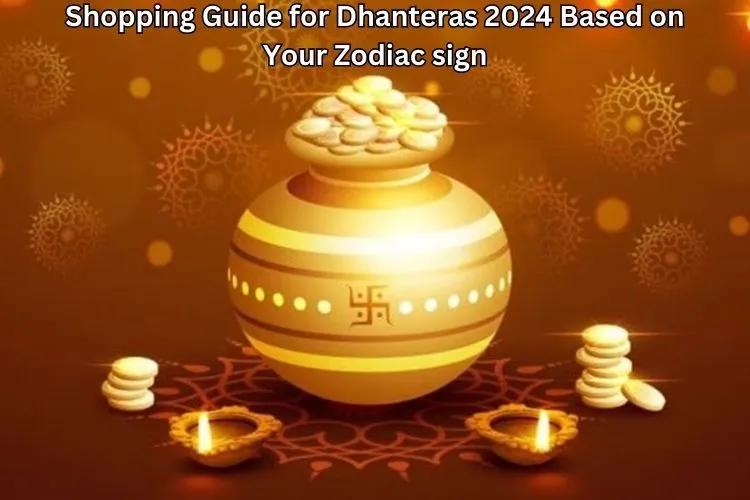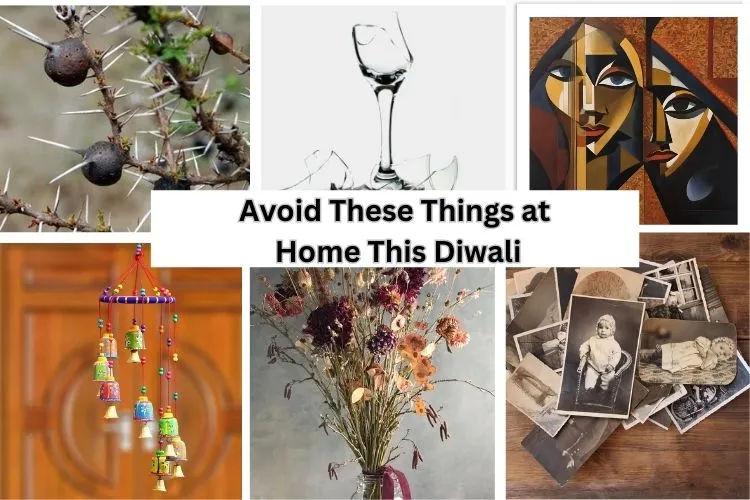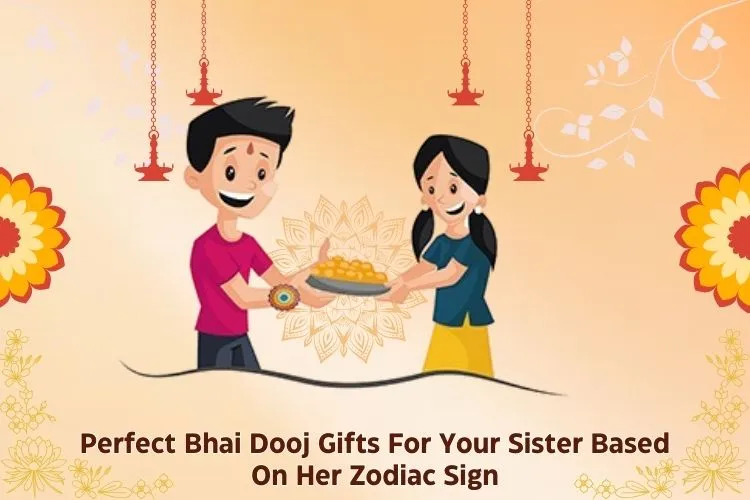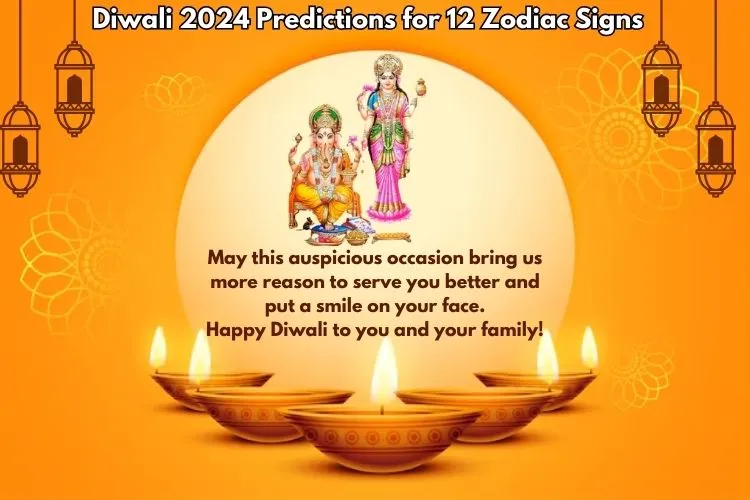Significance And Story Of Jain Samvatsari
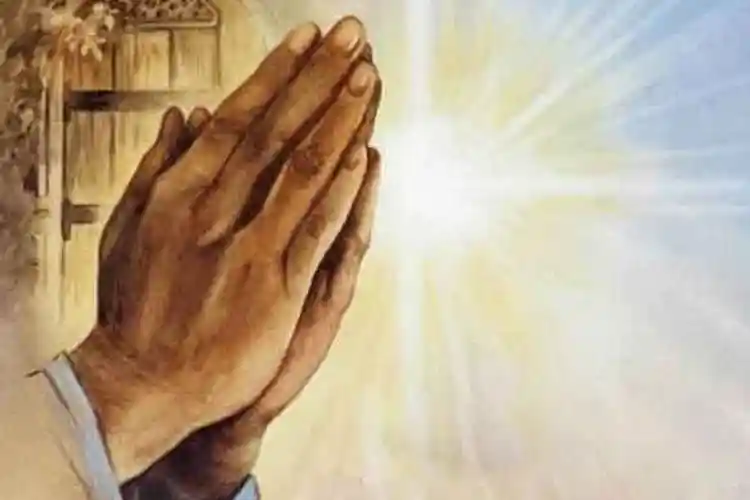
People of Jainism observe Jain Samvatsari on the last day of the Paryushan Shwetambar. This auspicious day falls on Shukla Paksha of the Jain calendar month of Bhadrapada. It means Jain Jain Samvatsari arrives between August to September, as per the Gregorian calendar. This year, Jain Samvatsari will be on Sunday, September 8, 2024
On this day, people (mostly associated with Jainism) seek forgiveness for their unintentionally made mistakes. Devotees also organize Samvatsari Pratikramana during this day. Following that, Jains say ‘Micchami Dukkadam’ to everyone and request them to pardon their mistakes. Mostly, they say it to their friends and close relatives. In the Vedic text, Rigveda describes Samvatsari as an ancient Sanskrit language. Samvatsara refers to a year, while Samvatsari means refers to an annual day. Now, let us discuss in detail about ancient myths and the significance of this day.
Ancient Traditions And Customs
They personally greet their friends and relatives, Micchami Dukkadam as a matter of tradition. No private quarrel or disagreement may be taken outside of Savatsar, and messages and phone calls are sent to outstation friends and relatives pleading for forgiveness.
Michchhmi Dukkaa, also spelled michchha mi dukkadam, is an ancient Indian Prakrit language term used in historical Jain texts. Mithya me dushkritam is the Sanskrit equivalent, and both mean that may get rid of wrongdeeds. Due to the fact that this is the holiest day on the Jain calendar, many Jains on Sunday, September 8, 2024. serve a full fast on this day.
What secrets are hidden in your kundali? Uncover it by free janampatri report.
Difference Between Kshamavaani And Samvatsari
While the Shwetambar sect and Digambara are quite similar to Samvatsari and Kshamavani, there is no significant difference between these two days. Both are considered to be th day of Forgiveness. However, despite the fact that both Samvatsari and Kshamavani fall on the last day of Paryushan, they are two separate days. The Paryushan festival for the two sects begins on different dates and lasts for different time periods. As a result, while the Shwetambars celebrate Samvatsari on Shukla Panchami of Bhadrapada month, the Digambs refrain from doing so.
Paryushana is the most important annual holy event for Jains, and it is celebrated in August or September month. Fasting and prayer/meditation are popular ways for Jains to increase their spiritual intensity. During this period, the five primary vows are emphasised. There are no hard and fast rules, but followers are encouraged to strictly observe them.
Generally, Digambaras call it Das Lakshana Dharma, while vtmbaras call it Paryushana Dharma. For Svetambara Jains, Paryushana lasts eight days, and for Digambara Jains, it lasts ten days. This day arrives with two types of celebration, Samvatsari or Kshamavani (forgiveness day). It is the time when Jains strictly follow the fasting rituals.
Celebrations By Svetambaras And Digambaras
The vtmbara or Shwethambara is one of Jainism’s two major branches, with the Digambara being the other. The term “white-clad” refers to its ascetics’ habit of wearing white clothing, which distinguishes it from the Digambara sky-clad Jains, whose ascetics are usually found naked. Unlike Digambaras, vtmbaras do not believe in ascetics’ practices.
The Svetambara and Digambara practise historically differed in many ways. From dress code to temples, they are quite different. Svetambara Jains are mostly found in the state of Gujarat, Rajasthan, and Maharashtra’s coastal regions. Svetambaras make up about four-fifths of all Jains in India.
The Ancient History
The Svetambaras and Digambaras disagree about how Shmeatism’s Svetambaras sub-tradition began. It is believed that Svetambaras and Digambaras emerged 609 years after Mahavira’s death. People believe the involvement of monk, Sivabhuti who in a domestic clash. He was the reason behind the establishment of the Digambara Jain tradition with eight concealments.
Digambaras, on the other hand, claim to be Mahavira’s initial disciples, while Svetambaras emerged later, around the time of Bhadrabahu. According to the Digambaras, the former became Svetambaras and kept their “heretic” values and habits, such as wearing white clothes.
The majority of Svetambaras are murtipujak, which means they regularly perform devotional puja in temples and bow down to Jain goddesses’ idols. Others are divided into different subtraditions, where either Jain temples and halls are constructed, but puja is minimal, or where all temples, images, and idols are constructed and used. Sthanakvasi and Terapanth orders are the most common later subtraditions. Early colonial observers and some early twentieth-century Jain authors, such as Malvaniya, speculated that the movement against idol worship.
It was a result of Islam’s influence on Jainism, but later scholarship claims that the subtraditions originated from internal conflict and argued over the concept of Ahimsa (non-violence).vtmbara Jains cover their mouths with a white cloth while speaking, which is the practice of Ahimsa. By doing so, they reduce the risk of inhaling any tiny living creatures.
Steps To Perform Rituals
Below are the steps, one must must perform during Samvatsari:
1- Keep a sense of calm – Samayika
2- Pay respect to the Tirthankaras (Chatur Vimsati)
3- Vandana honours Jain sadhus and sadhvis.
4- Forgiveness – Samvatsari Pratikraman
5- Kayotsarga – Meditate and Pray
6- Make a promise to restrain your emotions – Pratyakhyana
On this day, Jains visit their relative’s house to team up with them and seek forgiveness by saying Michhami Dukkadam. People from out of town have also relayed this letter, and a promise has been made that whatever the grievance, it will not be carried forward to the next year.
One more joy you can experience, is knowing what’s going to come ahead? Get a free Horoscope report 2024.
In Jainism, Why is forgiveness such an essential ideal and way of life?
In Jainism, forgiveness takes on many forms. It is necessary to seek forgiveness before moving on. Being free means you are freed from your past. To forgive is to concentrate solely on oneself. We get closer to Ahimsa when we forgive someone for their mistakes.
b) Can reciting ‘Michami Dukkadam' cure or cleanse us of our sins? Why do Jains refer to Michchhami Dukkadam as Michchhami Dukkadam?
When words are followed by emotions, they have more effect. Our sins are not forgiven by the saying Michami Dukkadam. They can only be washed away through a strong sense of repentance. The utterance of ‘Michami Dukkadam’ may reduce the past sins of the person.
Rituals During the Time Of Paryushan
The sense of Paryushan is “staying and getting together.” The Jains begin their study and fasting vows at this time. The vtmbara Murtipujakas recite the Kalpa Sutra during the eight-day festival, which includes a recitation of the segment on Mahavira’s birth on the fifth day. The Antagada Sutra, which details the lives of great men and women who attained moksha during the eras of Neminatha and Mahavira, is recited by some vtmbara Sthnakavss.
Ending Note
We understood how Jains seek forgiveness for their sins committed during the previous year at the festival’s end. For vtmbaras, this day occurs on Paryushan, Whereas Digambaras celebrate Jain Samvatsari on 1st day of the Ashvin Krashna month. Micchami Dukkadam or Uttam Kshama are two words, mostly used by them during this auspicious day.
With divine blessings, you must need to know what your future holds. Talk to astrologers to know in detail. First consultation with 100% Cashback!


